The 3-2-1 Rule For Brisket: Does It Really Make Better Barbecue?
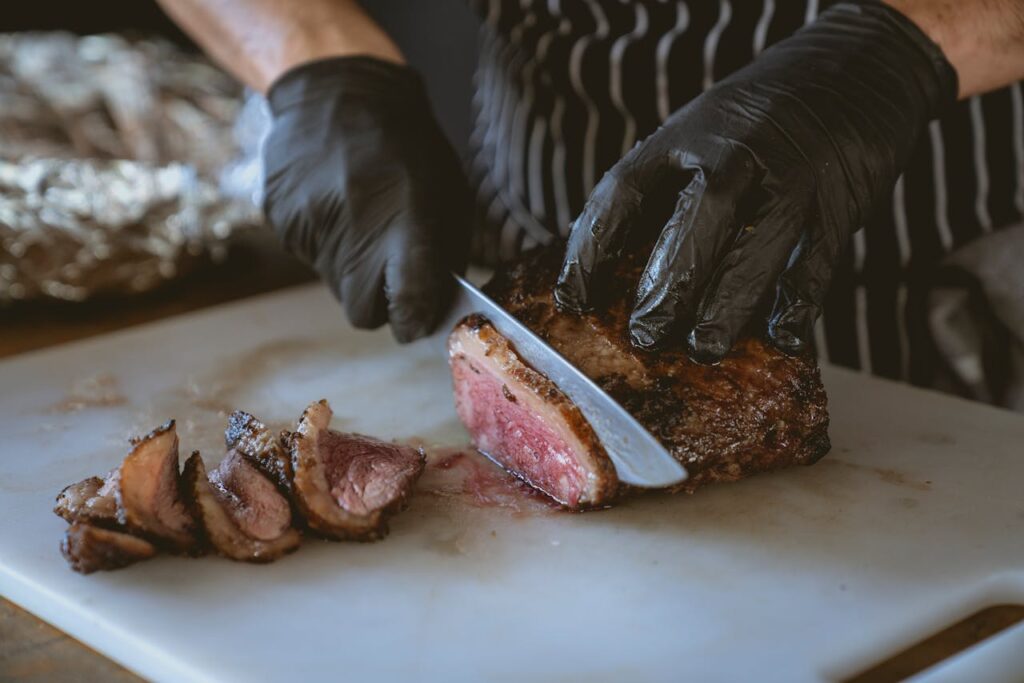
Brisket is one of the most rewarding cuts of meat to smoke, but it’s also one of the toughest to master. With its dense fibers and long cook time, even pros can struggle to strike the right balance of tenderness and flavor. The 3-2-1 rule is a well-known rib technique often borrowed by beginners for brisket, promising structure through three staged steps. But does this shortcut improve brisket, or does it oversimplify a cut that demands patience and flexibility?
1. The Basics of the 3-2-1 Method
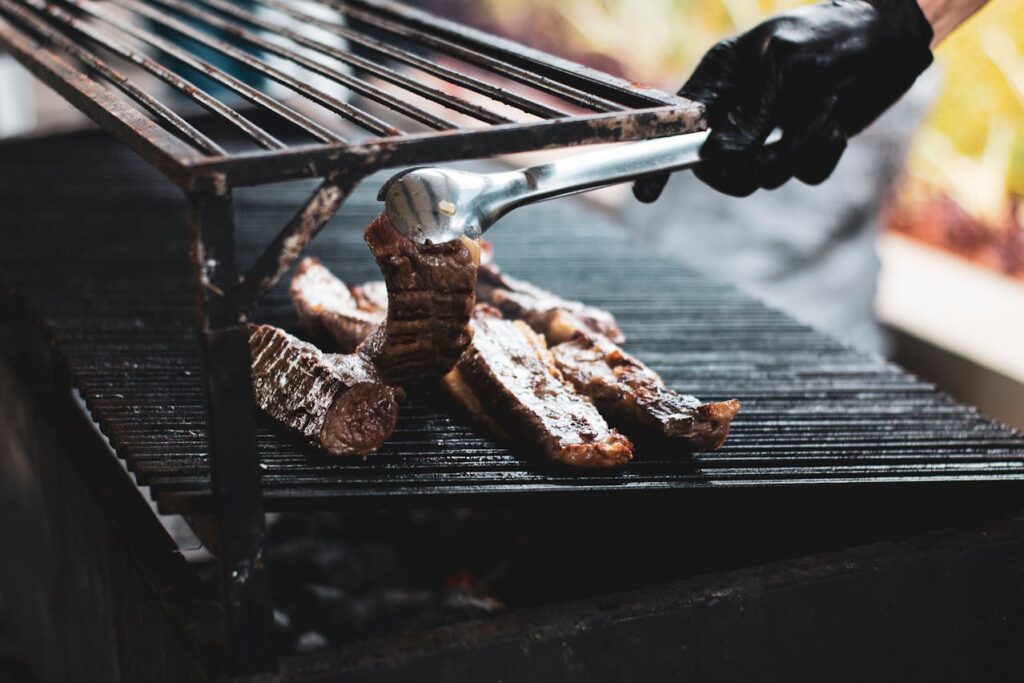
The 3-2-1 rule was originally designed for pork ribs, giving novices a clock-based roadmap. Some backyard cooks apply it to brisket by cooking unwrapped for three hours, wrapping for two, then unwrapping for one to finish. While the timeline sounds neat, briskets are far larger and denser than ribs. They often need 10–16 hours, making the 3-2-1 method risky if followed literally. It works only as a loose framework, not a foolproof brisket formula.
2. Why the First Three Hours Matter
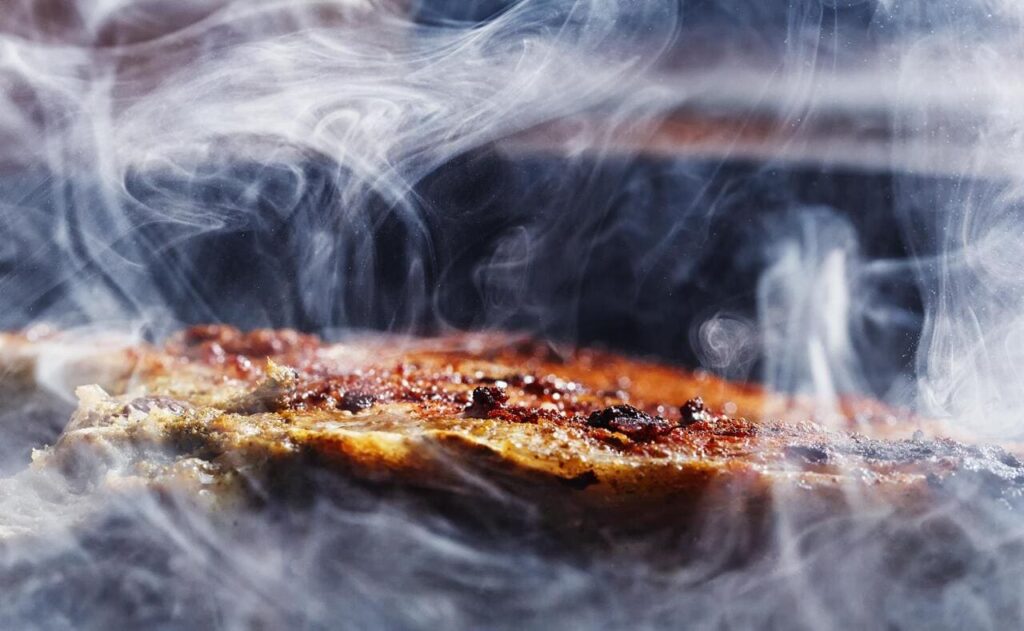
Early in the cook, leaving brisket unwrapped does allow smoke to build flavor and bark to begin forming. However, unlike ribs, brisket’s size means this stage isn’t just about three hours: it’s about waiting until the bark is well set. Smoke absorption continues slowly throughout, so patience pays off. Wood choice still matters: oak, hickory, or mesquite create distinct flavors, but relying on a timer instead of the brisket’s look and feel can leave you short on depth.
3. The Wrapping Stage
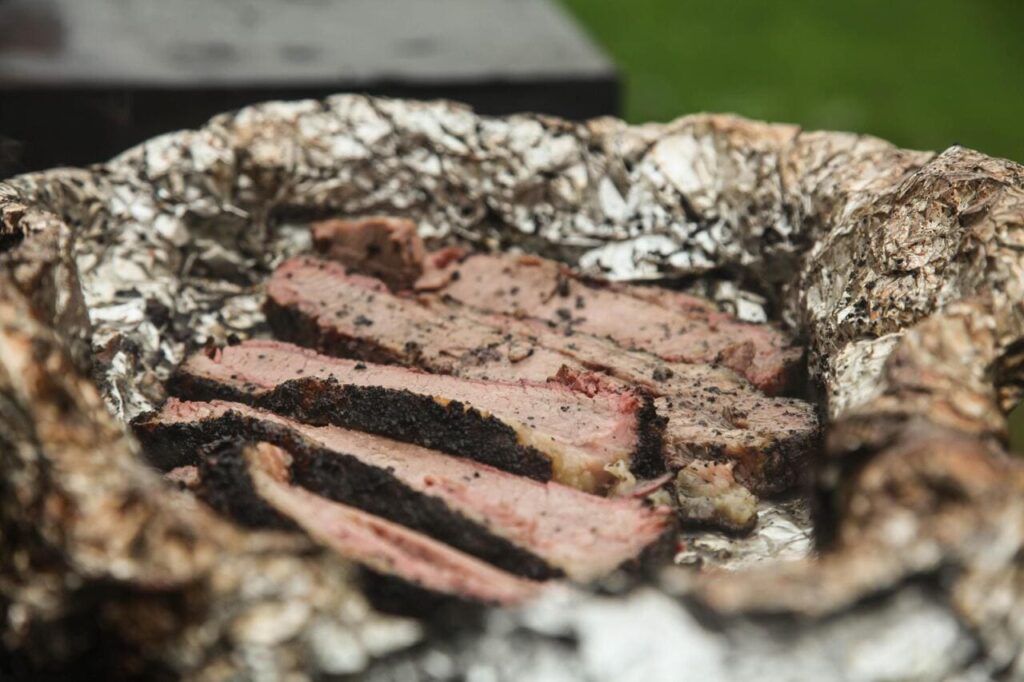
The middle stage of the method, often called the “Texas crutch,” is when the brisket gets wrapped tightly in foil or butcher paper for two hours. This traps heat and moisture, speeding up the cooking process while breaking down tough connective tissue. It’s also the step that makes the brisket tender enough to slice with ease. The downside? Wrapping can sometimes soften the bark, leaving it less crisp than some pitmasters prefer. Butcher paper is often the compromise; it breathes more than foil, letting some steam escape while still tenderizing the meat. Whether this stage improves your brisket depends on whether you prefer a melt-in-your-mouth texture or a firmer bite.
4. The Final Hour Unwrapped
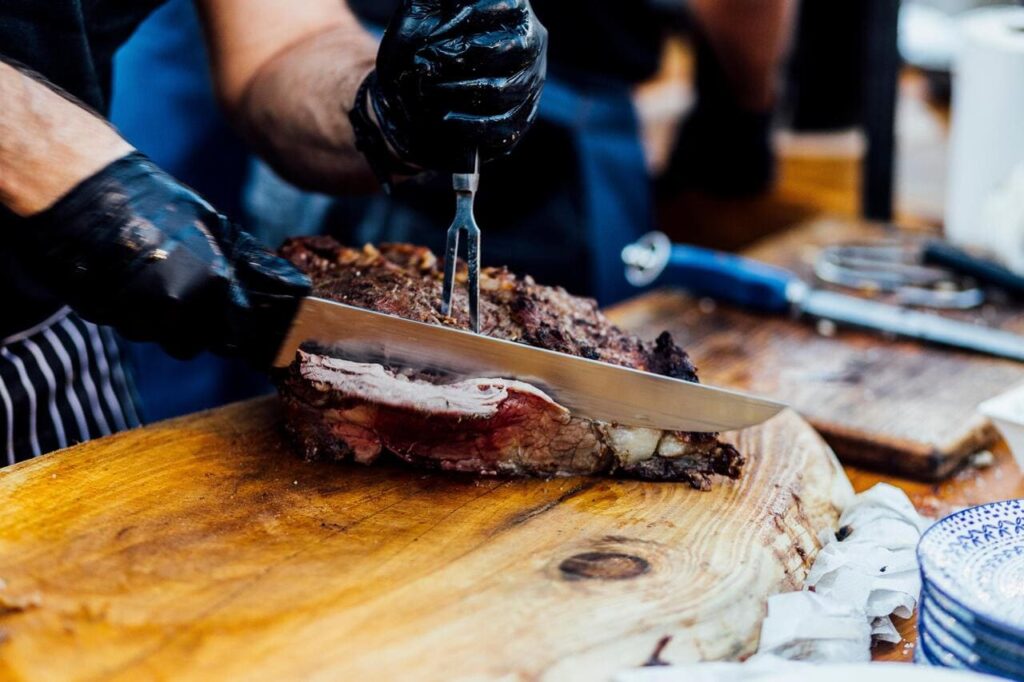
This finishing stage works well for ribs, but in brisket it’s less predictable. After steaming in foil or paper, unwrapping does help the bark re-form, yet one hour isn’t a universal fix. Depending on how moist the brisket is, it may take longer to firm the surface and restore texture. Pitmasters often glaze ribs here, but with brisket the focus is more on drying and balancing tenderness with smoke. The key is probing and watching, not clock-watching.
5. Pros of the 3-2-1 Rule

One of the biggest advantages of the 3-2-1 rule is its consistency. It gives beginners a roadmap, making brisket less intimidating. The method also produces reliably tender results, as the wrapping stage ensures the meat won’t dry out. Another perk is time management; you know roughly how long the process will take, which makes planning easier. For backyard cooks, it’s a great introduction to low-and-slow smoking without requiring years of experience. However, its predictability can also be a crutch, as it encourages cooks to follow the clock instead of the meat. Still, for many, it’s a dependable way to achieve good barbecue without overthinking every step.
6. Cons of the 3-2-1 Rule
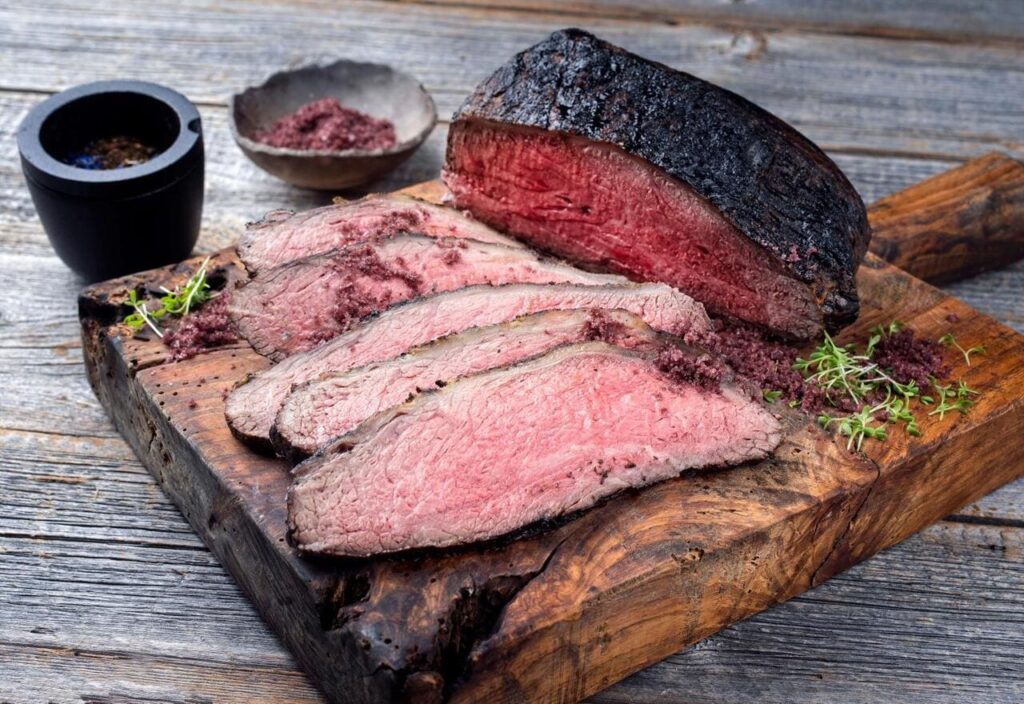
Applying the 3-2-1 method to brisket often causes problems. Six hours is rarely enough, leading to undercooked meat if taken literally. Wrapping for too long can weaken the bark, frustrating those who favor a bold, crusty exterior. Purists argue the method oversimplifies brisket, robbing it of complexity. With this cut, cooks must adjust for weight, thickness, and fat cap. The rigidity of 3-2-1 risks limiting flexibility; something brisket requires far more than ribs.
7. Is It Worth Trying?

At its best, the 3-2-1 rule is a teaching tool, not a tried-and-true brisket strategy. It can give first-timers structure, easing the intimidation of a long cook. Still, most experts advise watching internal temperature (195-205°F) and doneness cues like probe tenderness instead of the clock. If you crave a soft, fall-apart texture, this method might work once, but lasting success with brisket comes from practice and patience, not shortcuts borrowed from rib cooking.







